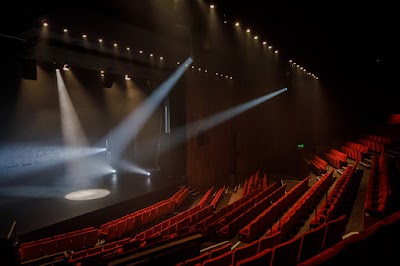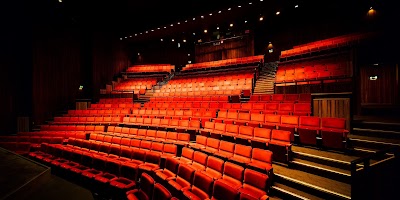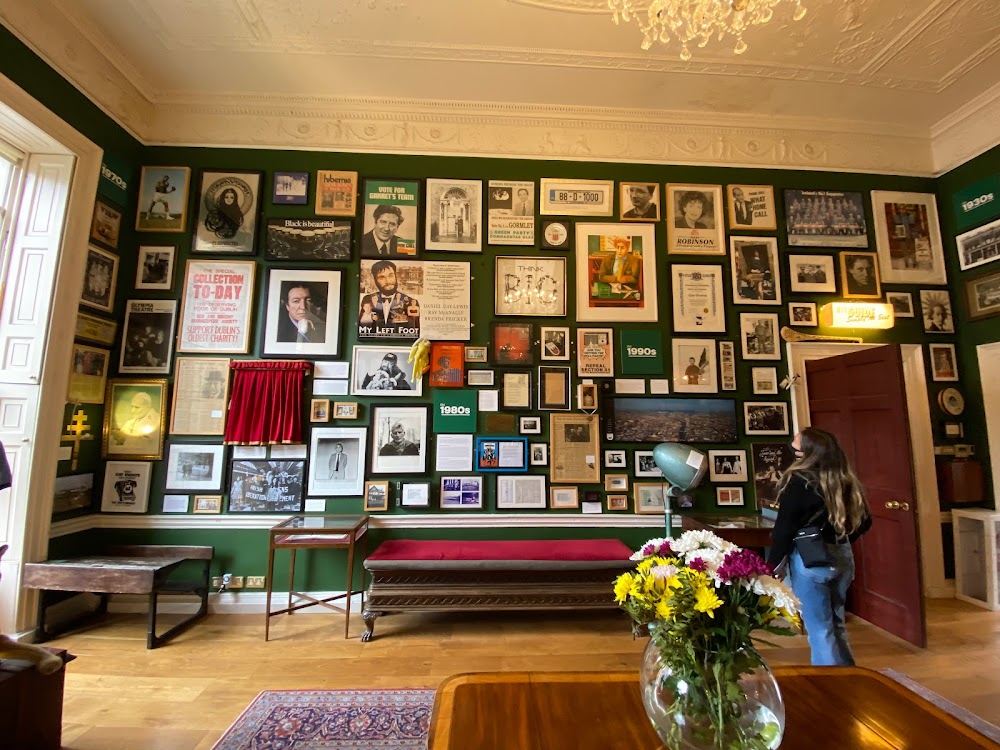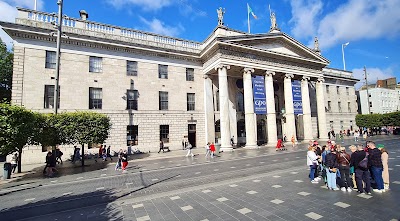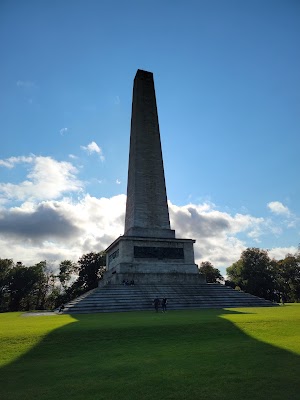The Abbey Theatre (Teatr na Mainistreach)
Overview
The Abbey Theatre, nestled in the vibrant heart of Dublin, Ireland, stands as a cornerstone of Irish cultural heritage and is a must-visit for anyone passionate about the arts. Established in 1904 by the literary giants W.B. Yeats and Lady Augusta Gregory, the Abbey Theatre proudly holds the title of Ireland’s national theatre. This iconic institution has significantly influenced the evolution of Irish drama, literature, and national identity.
The rich history of the Abbey Theatre is deeply intertwined with Ireland's tumultuous journey toward self-determination. Opening its doors during a time when Ireland was still under British rule, the theatre quickly emerged as a beacon for the Irish Literary Revival movement. The founders envisioned it as a venue where Ireland's unique stories and voices could be expressed, preserved, and celebrated. This vision materialized through numerous groundbreaking productions that explored themes of Irish mythology, politics, and society.
One of the theatre's most significant achievements is its strong association with the works of playwright John Millington Synge. His play, "The Playboy of the Western World," sparked national controversy when it premiered in 1907, due to its provocative portrayal of rural Irish life. Despite the initial backlash, the play is now regarded as a masterpiece of Irish literature. Moments of both controversy and enlightenment have punctuated the Abbey's history, reflecting its role as a provocateur and mirror of Irish society.
The Abbey Theatre's importance extends beyond historical and cultural contributions; it also serves as a nurturer of new talent. Over the years, it has premiered works by some of Ireland's most celebrated playwrights, including Sean O'Casey and contemporary voices like Marina Carr and Conor McPherson. These playwrights have utilized the stage to explore and reflect on the evolving Irish experience, from the early 20th-century struggles to the challenges of modern-day Ireland.
When visiting the Abbey Theatre, tourists will find themselves stepping into a vibrant part of Dublin's cultural scene. The building underwent extensive renovations in the 1960s and again in the 2000s, ensuring a harmonious blend of historical charm with modern amenities. The theatre's interior is designed to provide an intimate yet grand viewing experience, complete with state-of-the-art facilities that enhance the presentation of performances.
An interesting aspect of the Abbey is that it was the world’s first state-subsidized theatre, receiving a government grant in 1925. This financial support underscored the Irish government's commitment to nurturing its national culture, a commitment that continues strong today.
Beyond the performances, the Abbey Theatre offers guided tours that take visitors behind the scenes, allowing them to witness the intricacies involved in bringing a production to life. Guests can explore the costume department, rehearsal spaces, and perhaps catch a glimpse of actors preparing for their roles. These tours provide a deeper appreciation for the artistry and craftsmanship that define theatre production.
Moreover, the Abbey hosts a vibrant program of educational and outreach activities, including workshops, talks, and post-show discussions. These initiatives aim to engage and inspire the next generation of theatre-makers and audiences, ensuring that the Abbey remains a dynamic part of Ireland's cultural landscape.
For those planning to attend a performance, the Abbey Theatre's central Dublin location makes it easily accessible. Numerous dining options, from cozy pubs to fine restaurants, are within walking distance, providing delightful opportunities for a pre-theatre dinner or post-show discussion over drinks.
In summary, the Abbey Theatre is more than just a historic building or an institution; it is a living monument to the spirit of Irish creativity, resilience, and identity. Whether you are a theatre enthusiast, a history buff, or simply a curious traveler, the Abbey Theatre promises an enriching and memorable experience. By visiting, you not only witness world-class performances but also become part of a legacy that continues to shape and reflect the Irish cultural landscape.


